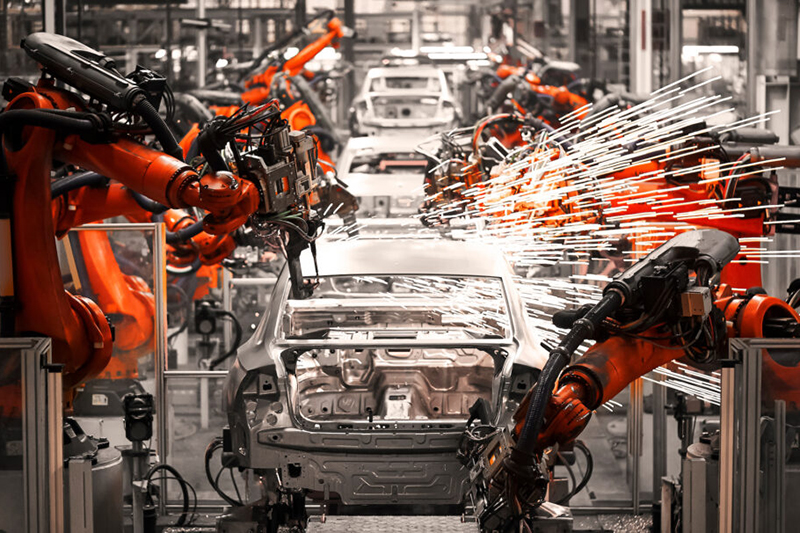
Understanding OEM Emission Requirements: A Key to Cleaner Air
Original Equipment Manufacturers (OEMs) play a critical role in shaping the automotive industry’s impact on the environment. Emission requirements, which are standards set to regulate the pollutants released by vehicles, are a significant focus for OEMs as they design and manufacture their products. These regulations vary globally, with different regions enforcing specific limits on the emissions of carbon dioxide (CO2), nitrogen oxides (NOx), hydrocarbons (HC), and particulate matter (PM).
In the pursuit of reducing air pollution and mitigating climate change, governments have imposed stringent emission standards. OEMs must comply with these regulations to sell their vehicles in different markets. For instance, the European Union’s Euro 6 standards and the United States’ Tier 3 standards set strict limits on NOx and PM emissions. These standards necessitate the use of advanced technologies like catalytic converters, diesel particulate filters, and selective catalytic reduction systems.
The compliance with emission requirements is not just a legal obligation but also a critical component of an OEM’s reputation and customer trust. Failure to meet these standards can result in hefty fines, recalls, and damaged brand image. Moreover, as consumers become increasingly eco-conscious, the demand for vehicles that meet or exceed emission standards is growing. OEMs are, therefore, investing heavily in research and development to produce cleaner, more efficient engines and alternative powertrains, such as electric vehicles (EVs) and hybrid systems.
In conclusion, OEM emission requirements are pivotal in driving innovation and ensuring the production of environmentally friendly vehicles. As regulations become more stringent and consumer awareness rises, OEMs must continually adapt and innovate to meet these challenges, contributing to a cleaner and healthier environment.